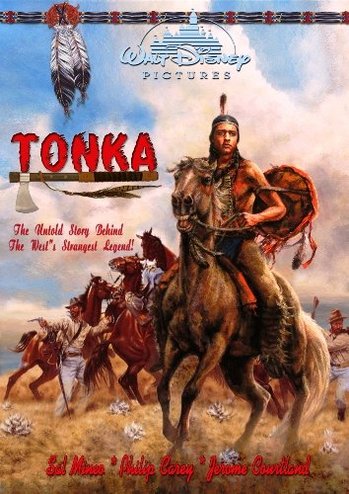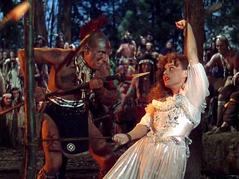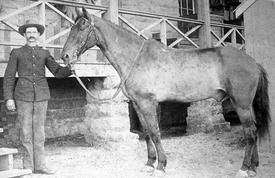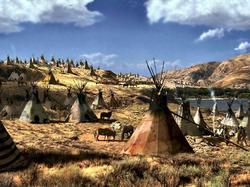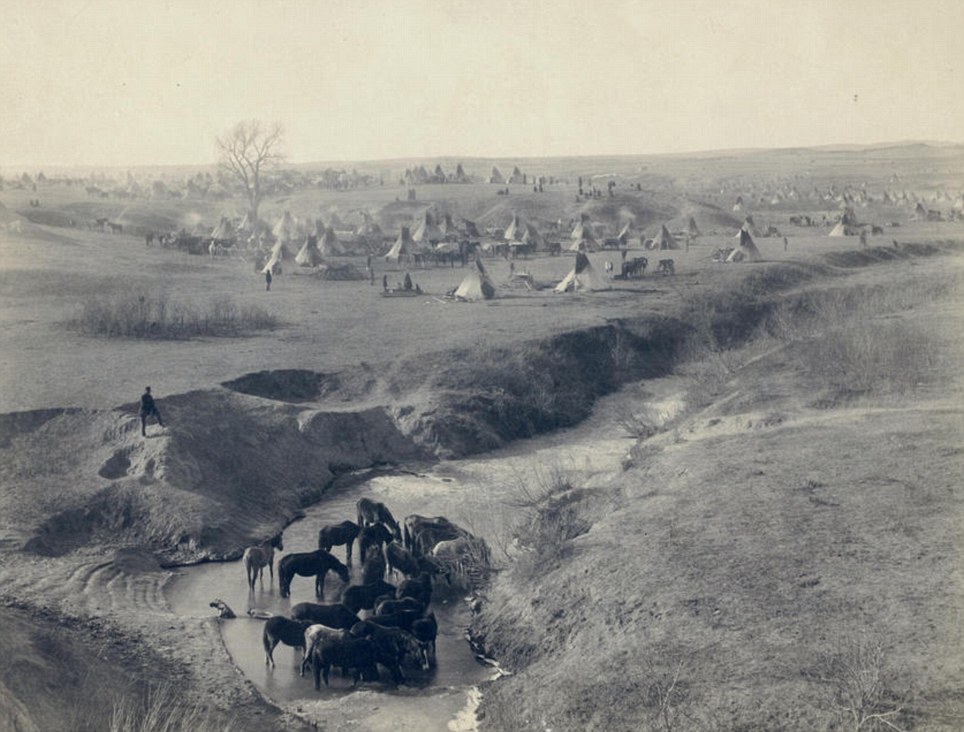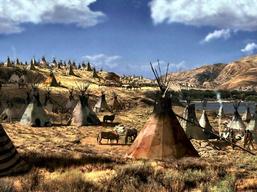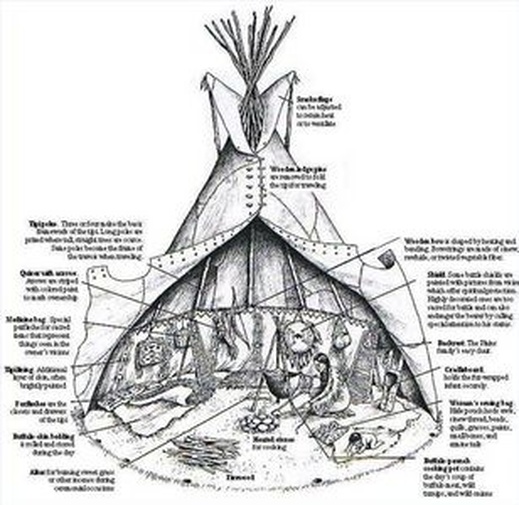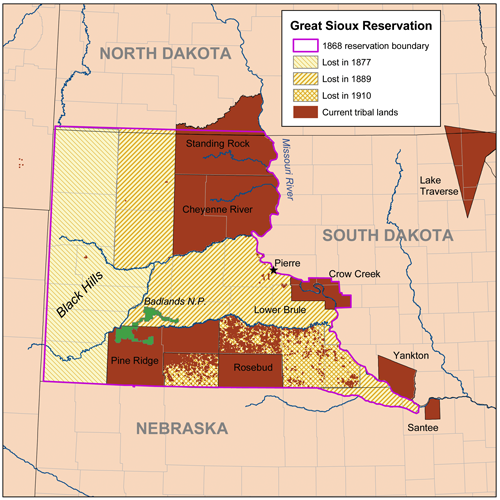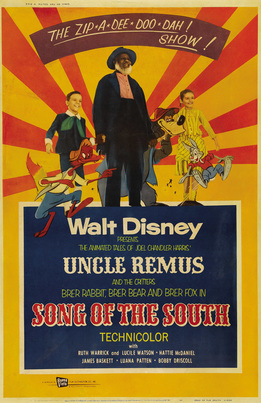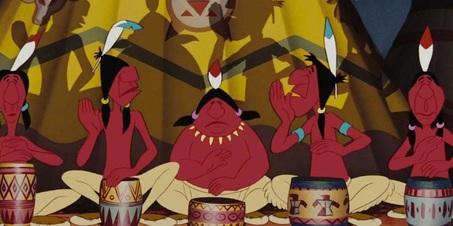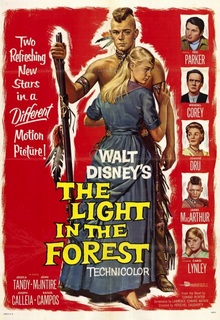Tonka (A Horse Named Comanche) (1958)
A Disney western that daringly rejects stereotypes of IndIans & Little Big Horn
|
Tonka is one of Walt Disney's lesser-known live-action movies,rather surprisingly in view of its many admirers who saw the original movie as children, or watched it on its innumerable reissues on TV's Disney Channel or who have seen the DVD.
Although Tonka uses the familiar Disney motif of a courageous and attractive animal -in this case, a magnificent horse called Tonka - the story is unusually satisfying. Tonka is protected and trained by an Indian teenager White Bull, then falls into the hands of a kind U.S. Cavalry officer Captain Miles Keogh, who eventually befriends White Bull as the two bond together over Tonka, now renamed Comanche. Historians of western movies now emphasise the movie's significance: a culturally crucial shift in the portrayal of American Indians in Hollywood. For decades Indians had been depicted, with few exceptions, as savages: vicious, merciless, untrustworthy, killers of women and children, the scourge of brave white settlers. But in this movie the hero is a young Indian - courageous, intelligent, chivalrous. The movie's villain is George Armstrong Custer, and in its climactic depiction of Custer's Last Stand the audience's sympathies are with the Indians. Tonka pulls no punches in making it clear that Custer had embarked on a genocidal mission to wipe out Indians and that his inept leadership was responsible for the disaster. Heavy going for a movie intended for for a youthful audience. But Tonka was very well received on release by audiences, young and old alike, and also by most critics. |
Hollywood stereotypeCecil B. de Mille's 1947 epic western"The Unconquered" typifies the traditional Hollywood stereotype of Indians: deceitful, vicious murderers, enemies of harmless white settlers and, in this scene, tormenters of white women.
|
ComancheThis photo shows the actual Comanche, recovered from his serious wounds inflicted at Little Big Horn. Legend has it he was the only cavalry horse to survive the disaster; there may have been others. Regardless, Comanche became - and remains today - a popular symbol of the battle and of both Plains Indian and U.S. Cavalry cultures.
|
Lakota camp"Tonka / A Horse Named Comanche" is based on the fictional character of a young Lakota warrior who claims Comanche for himself. The horse acts as a clever plot device linking the two worlds of the U.S. Cavalry and the Lakota tribespeople. Horses are convincingly depicted as a linchpin in the two warrior societies.
|
|
Above & below: Lakota teepees (the word is a Lakota one, meaning ":house"
|
The Lakota Indians
The Indians depicted in Tonka are meant to represent the Lakota tribe, one of the three groupings of the Sioux Indians: Eastern and Western Dakotas, and the Lakotas Lakota Indians use a different dialect which replaces 'D' with 'L'. During the tribal wars of the late 17th and early 18th centuries, frequently caused by quarrels over the fur trade, the Lakotas moved to the great plains west of Mississippi then northwest towards modern south Dakota.Here they became embroiled in bitter conflict with white settlers and the U.S. Army. Although the Lakotas (and other tribes ) signed treaties with the U.S. government, these were broken by the authorities almost immediately. The sad history of Lakota resistance to the genocidal policies of the government and its instrument the Army, resulted in the rise of legendary Dakota warrior heroes such as Crazy Horse. Lakota warriors were leading participants in the Battle of Little Big Horn, which forms the climax of Tonka. Two animals (three if you include dogs) were essential to the Lakota lifestyle. The first was the buffalo. Not only was it used as meat. Almost every part of the buffalo was a staple item of Lakota / Dakota life.Hides made teepee covers drums and curtains, as well as shirts, moccasins, leggings, skirts, gloves. Its tail made a flytwhisk; its neck became the basis of a drum. An infant was swaddled in soft calfskin; the dead were enclosed in shrouds of buffalo hide Once the Lakotas moved westwards onto the great plains in the mid-18th Century and became acquainted with horses, that animal played a crucial role in tribal society and its economy and folkways. It enabled them to hunt more easily (especially buffalo) , to transport themselves more efficiently from camp to camp and also to expand their warrior repertoire.Horses were used for war, trade and status symbols within the tribe itself and between tribes. |
|
|
DISNEY MOVIES AND RACISM
Movies produced under the aegis of Walt Disney himself remain the source of a heated cultural debates about the depiction of gender and race. Some accuse Disney of portraying racial and sexual stereotypes (carefree but lazy African-Americans, complacent home-making girls and women, slit-eyed, unscrupulous Japanese etc). Thus the depiction of Indians in 1953's animated feature Peter Pan: very red, a bit foolish and simple. figures of fun. So great was the controversy over racist depictions that one of the most innovative and interesting of all Disney's movies, Song of the South, has for decades been completely withdrawn from circulation by the studio. Although the movie contains one of the most famous and best-loved of all Disney songs (Zip-a-dee-doo-dah) Disney was so horrified by accusations that the depiction of the central African-American character was racist and patronising, and that the movie showed an idealised view of slaves' lives in the ante-bellum South that he refused to reissue Song of the South in any format. However, the movie was decades ahead of its time in its pioneering technique of combining animation with live action. And although Song of the South has a rose-tinted view of slave life in the South, it portrays the main negro character as a kind, honourable, compassionate and brave person. But recently Disney movies of the post-1945 decades have been praised for having a more progressive and liberated attitude than he has been given credit for. One of the strongest arguments for this new attitude is the positive presentation of Indians in Tonka, and its explicit condemnation of racist- genocidal policies of the U.S. Government. (see below). Admittedly, the main Indian characters onscreen are portrayed by non-Indians (e.g. Mineo), but it is staggering shift in perspective to have audiences cheering for the Indians during the Battle of Little Big Horn, and to have Custer portrayed as a menace to humanity. Indians are also depicted with some subtlety in another now-forgotten Disney movie from that era, 1958's The Light in the Forest. Set in 1764, and based on a novel then popular as a set text in American high schools, the movie interestingly anticipates some of the themes of John Ford's classic The Searchers. The central character is True Son a white teenage boy who has been raised since infancy by Delaware Indians who have just signed a treaty under which they release their white captives to be returned to 'civilization'. The movie sympathetically depicts the the prejudices True Son faces on his return to the European settler community and the two chief villains are a European and an Indian respectively. |
